John Fraser, prolific film actor of 1950s and 1960s once dubbed most handsome man in Britain – obituary
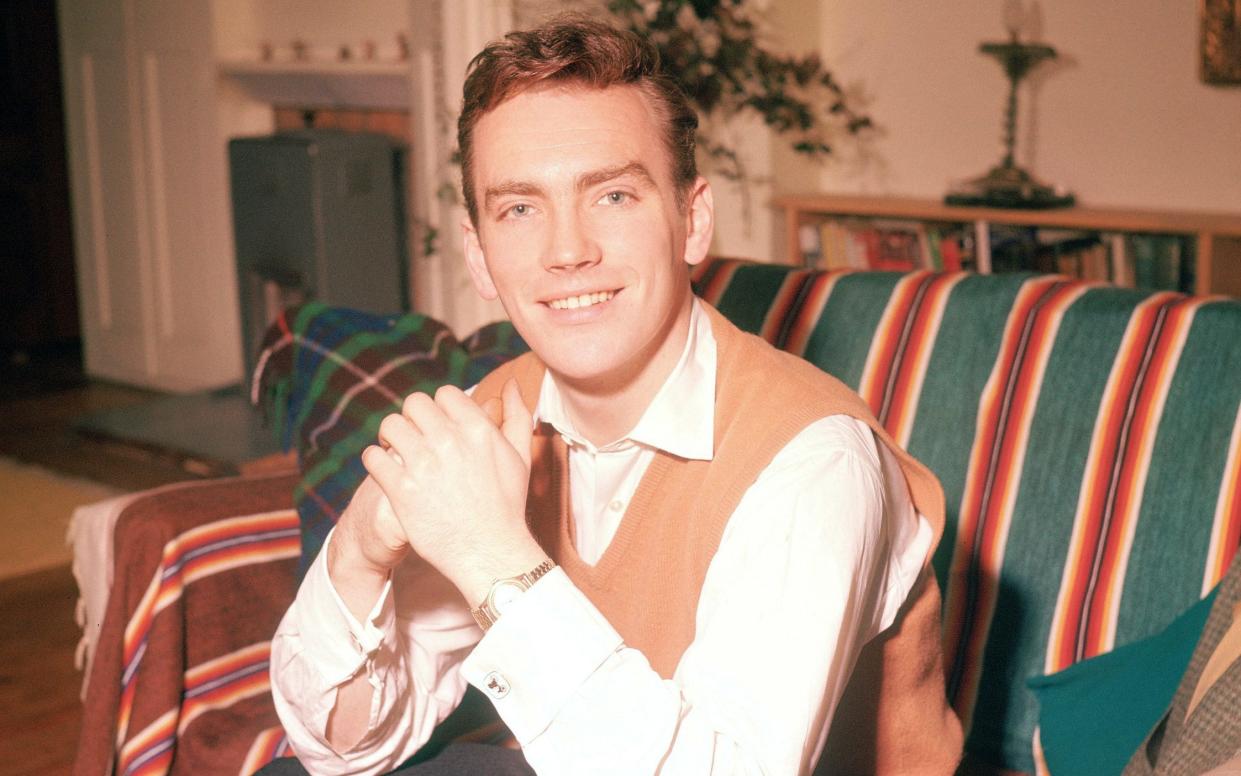
John Fraser, who has died aged 89, appeared in more than 20 films with stars such as Peter Sellers and Alec Guinness but first came to public notice in 1955 as the doomed Flt Lt J V “Hoppy” Hopgood DFC in The Dam Busters, about the daring wartime night raid on strategic German dams using the newly developed “bouncing” bomb.
Once described as the most handsome man in Britain, Fraser made The Dam Busters in his early twenties when his film career had just taken wing and he had become something of a screen heart-throb. In the same period he appeared in Touch and Go with Jack Hawkins (also 1955), and a lavish musical version of J B Priestley’s The Good Companions (1957) which flopped.
Filming The Wind Cannot Read (1958) in India, Fraser, discreetly gay, was taunted over his sexuality by the Welsh actor Ronald Lewis, who challenged him to a fight and broke his jaw. Back in Britain, the film’s star, Dirk Bogarde, who was also homosexual in private, invited Fraser to lunch at his Elizabethan manor house in Surrey, where he kept an enormous Harley Davidson motorcycle in his loft.

As Fraser later recalled in his colourful autobiography, when he asked Bogarde what he did for sex, Bogarde fired the machine up, straddled it and, fixing his gaze on a huge film poster on the wall of himself clad from head to toe in black leather, legs astride, “the bulge in his groin thrust into the light”, proceeded to pleasure himself. “This image of himself,” observed Fraser, “was the shrine at which he worshipped.”
Poised for international stardom, Fraser would have accepted more film offers but lacked any appetite for self-advertisement, “which is why I got cold feet about Hollywood.” Moreover, as a young gay actor at a time when homosexuality was illegal, he had already determined to keep a low profile.
While Fraser was in Los Angeles to promote The Good Companions, the American producer Ross Hunter had promised to make him a star, but the British actor realised that he could not cope with the anxiety of living a lie.
The London producer Jimmy Woolf, who ran Romulus Films with his brother John, had amorous designs on Fraser, and over a two-year period lavished expensive presents on him while pondering whether to cast him in the title role of Lawrence of Arabia (1962).

That part eventually went to Peter O’Toole, but Fraser consoled himself by landing the role of the petulant Lord Alfred Douglas (“Bosie”) in The Trials of Oscar Wilde (1960) opposite Peter Finch as Wilde. Although both were nominated for Best Actor Baftas, Finch, with his bravura courtroom scenes, won.
In Tunes Of Glory the same year Fraser, playing a Scots piper, observed the seething enmity between the two stars, Alec Guinness and John Mills, at first hand.
To his astonishment, while shooting The Waltz of the Toreadors (1962) with Peter Sellers at Pinewood, Fraser experienced a coup de foudre with the married French actress Dany Robin, which he consummated when she invited him to stay at her chateau near Paris.

The encounter ignited a resolve, if not to become a film star, at least to live like one and, with a dozen films and a blue Aston Martin already to his name, he moved (with his long-term partner whom he identified as “George”) to an Elizabethan farmhouse in Buckinghamshire.
He then embarked on a passionate six-week fling with the Soviet ballet star Rudolf Nureyev (“my secret rapture”), who had recently defected to the West. He was also wooed by the bisexual director Tony Richardson, who tested him for the part of Jimmy Porter in the film of John Osborne’s play Look Back In Anger – before dumping him when Richard Burton told Osborne he would kill for the part.
In Australia Fraser identified the body of the alcoholic British actor Patrick Wymark, with whom he had been touring in Sleuth, before being led to the bedroom by Wymark’s Eurasian mistress, “the only time in my life I have achieved intercourse with a woman without experiencing paralysing anxiety”. He never heard of or saw her again.
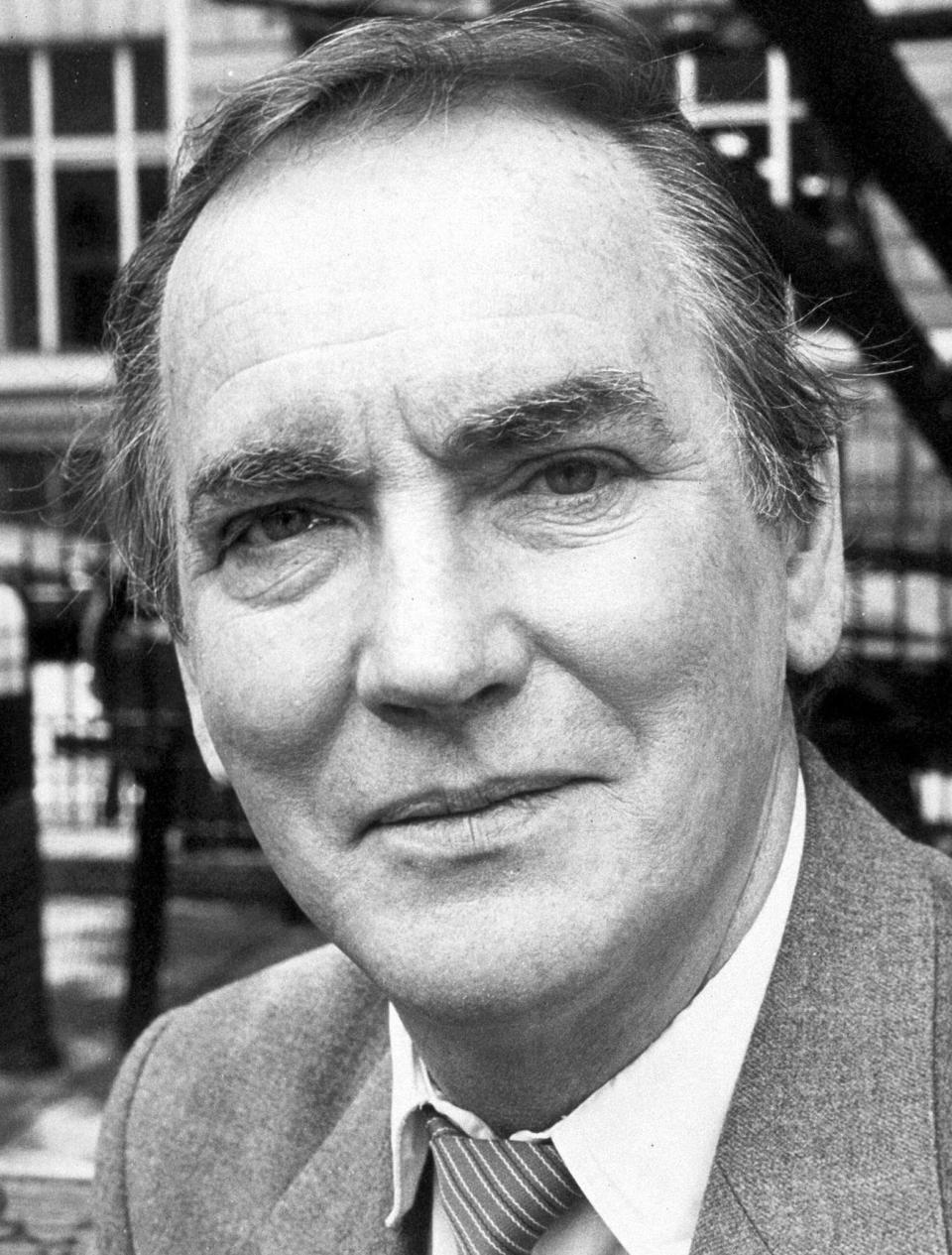
John Alexander Fraser was born on March 18 1931 in Glasgow, where his bullying father, one of 17 children, had run his own engineering business before becoming an alcoholic.
Brought up on the Mosspark council estate with two older sisters, John was evacuated to Kirkcudbright at the outbreak of war, but was so homesick that his mother fetched him home. He was sexually abused at the age of 11 by a teenage soldier in the baths at Pollokshields.
At Glasgow High School for Boys Fraser decided against going to university and successfully auditioned as a child actor in Children’s Hour on BBC Radio. His first stage job was with the Park Theatre Company in Glasgow as an assistant stage manager, and his acting debut in 1947 was as a page in Oscar Wilde’s Salome, naked but for a loincloth.
Nettled by the Sunday Post’s snide review (“John Fraser’s Egyptian transvestite would look at home in Gomorrah if his tones did not reflect the Gallowgate [slums]”), he took elocution lessons.
After National Service as a Royal Corps of Signals lieutenant with the British Army of the Rhine, Fraser returned to the same theatre, now relocated to the Grampians and renamed the Pitlochry Festival Theatre, played in Shakespeare and operated the gramophone sound effects.
In 1951 he appeared in a BBC Television adaptation of Robert Louis Stevenson’s Kidnapped, and on the strength of an enthusiastic review in The Sunday Times (“potential star material”) made his first film, Valley Of Song, followed by The Good Beginning (both 1953).

He shared digs with the actress Rachel Roberts, and attempted a seduction of his leading lady, an encounter which he described with characteristic self-deprecating wit: “[She was] quite boyish… slender and extremely athletic… As our naked limbs entangled, my indifferent organ made a mockery of my protestations of undying devotion… After the fiasco I walked through the night to my lodgings off Baker Street… We tried again… and in the morning I telephoned the number she had given me. It was for her godfather, an eminent psychiatrist.”
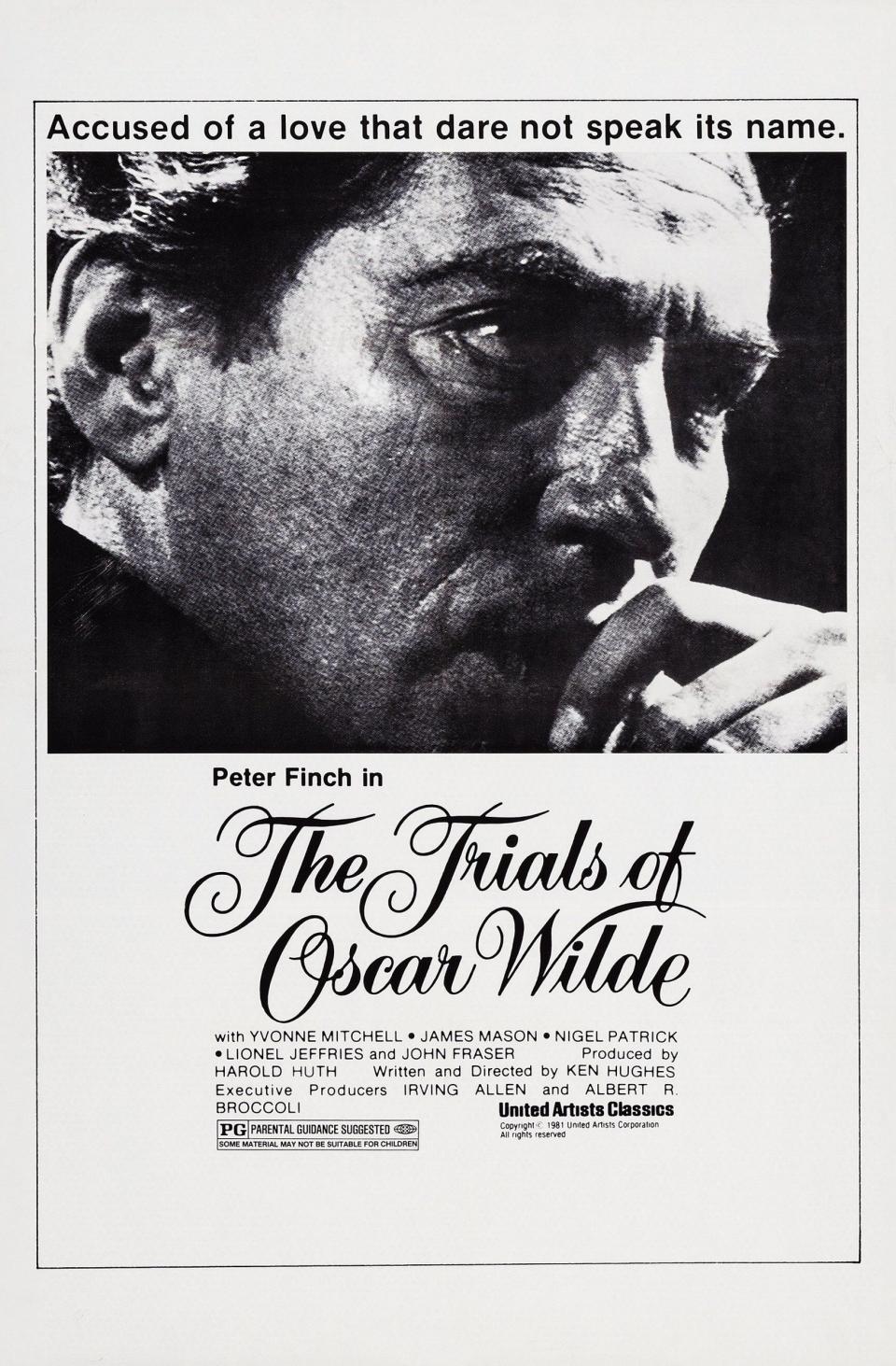
Fraser fared little better when he strove to rectify matters by paying his first visit to a brothel, an assignation arranged by his friend Stephen Ward, the West End osteopath who later killed himself after being accused of living off immoral earnings in the Profumo Affair. At one point Fraser did in fact consult a psychiatrist in the hope of changing his sexual orientation.
Having been “rolled” by a gang of Italian roughs in Rome while filming Lady Fair (released as The Face That Launched a Thousand Ships, 1954) starring a fading Hedy Lamarr, he caught one of his assailants by the arm and took him back to his hotel, accepting that the battle – to be something he was not – had finally been lost.
After dabbling in a failing chicken farm in Surrey and losing all his savings, Fraser set up home in a flat overlooking Hampstead Heath with a pet bush baby and a young stage hand he had met while playing in A Winter’s Tale with the Old Vic.
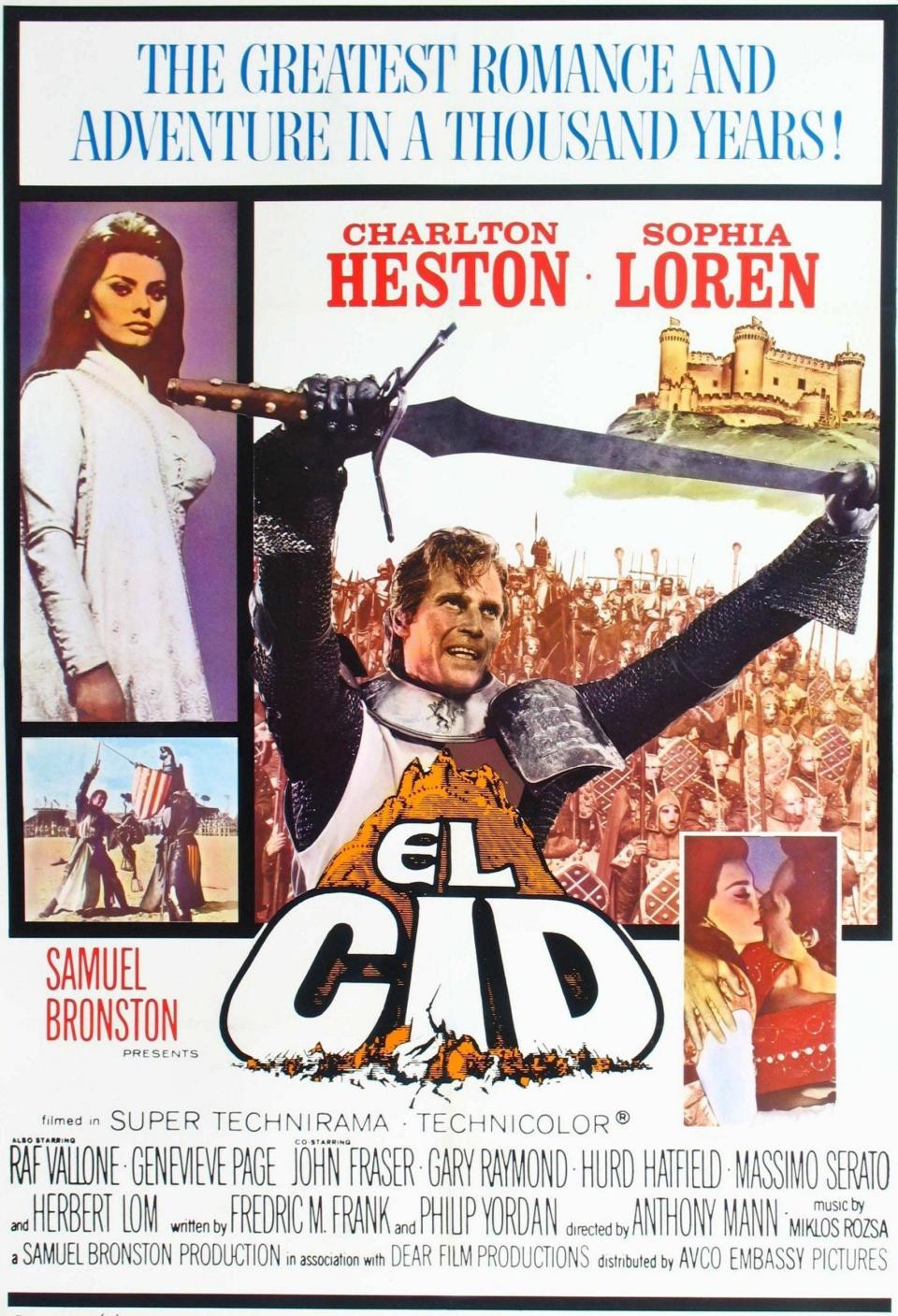
In El Cid (1961) he was directed by Anthony Mann, and was appalled by the way the famous director presided over the film’s Spanish location with a mixture of brutality and foul language. Nor did he care for the diminutive Roman Polanski (“too near the ground to be sanitary,” he recalled) but, having worked with him on Repulsion (1965) alongside Catherine Deneuve, considered him to be the best director of actors he worked with.
Fraser enjoyed a brief parallel career as a pop singer, appearing on television on Six-Five Special and Cool For Cats, and in concert at the Albert Hall supporting Cliff Richard and Tommy Steele.
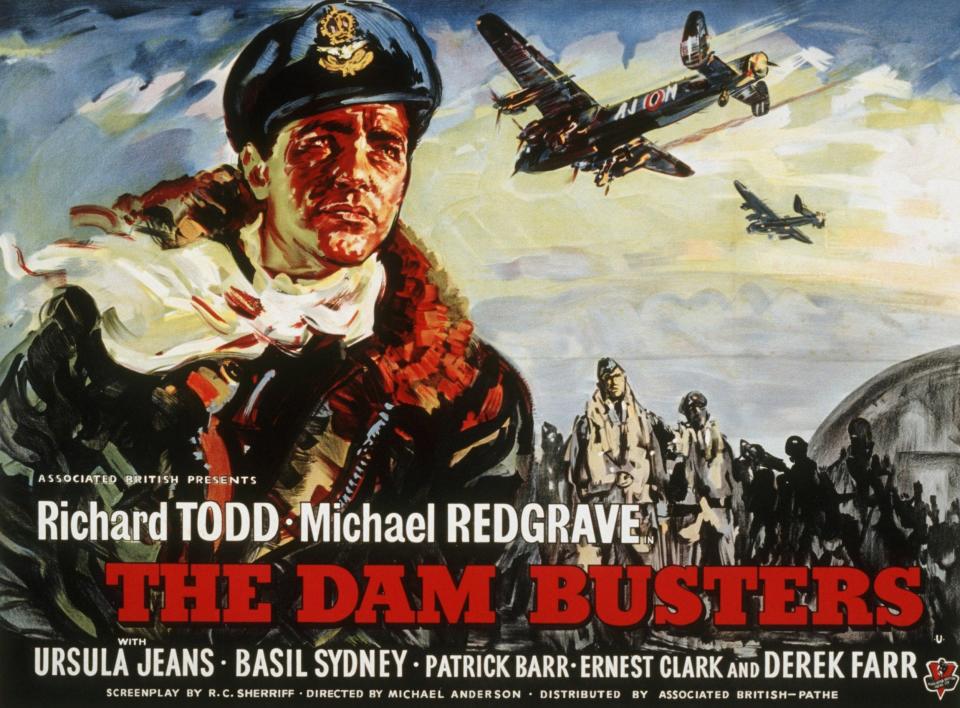
In 1970 his long-term partner George left him and, after another interlude in Rome where he started his first novel, Fraser returned to London, bought two neighbouring terrace houses in then unfashionable Notting Hill, lived in one and rented the other to his former lover.
Through the British Council he toured West Africa performing Shakespeare, and over the next 16 years his London Shakespeare Group of eight actors and actresses put on his most popular plays in more than 60 countries, including Hamlet in Iraq and Romeo and Juliet in a Japanese convent. The project was the subject of Fraser’s book The Bard in the Bush (1978). He published his autobiography Close Up in 2004.
In retirement, before returning to London, Fraser had lived in Tuscany for many years with his partner, Rod, an artist, who survives him.
John Fraser, born March 18 1931, died November 7 2020
Watch: Three things to watch on Amazon Prime in November

 Yahoo News
Yahoo News 
